The 10 biggest space missions, and how to follow them online
Cassini may be gone, but there's plenty more going on up there…
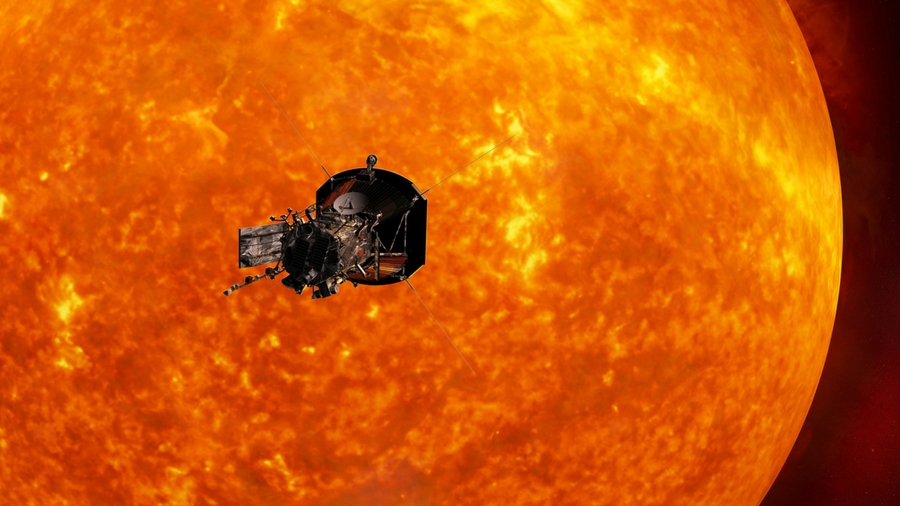
Beyond Cassini
NASA's Cassini probe might be dead and vaporized in the atmosphere of Saturn, but there’s plenty more going on out there in our solar system, and even beyond. From the remarkable achievements of the historic Voyager 1 and 2 missions and New Horizons’ probing of the Kuiper Belt to exoplanet-hunters, robots at three planets, and ambitious missions that are mapping the Milky Way, here's what you need to know about all the most important and interesting current space missions – and how to follow their incredible adventures online.
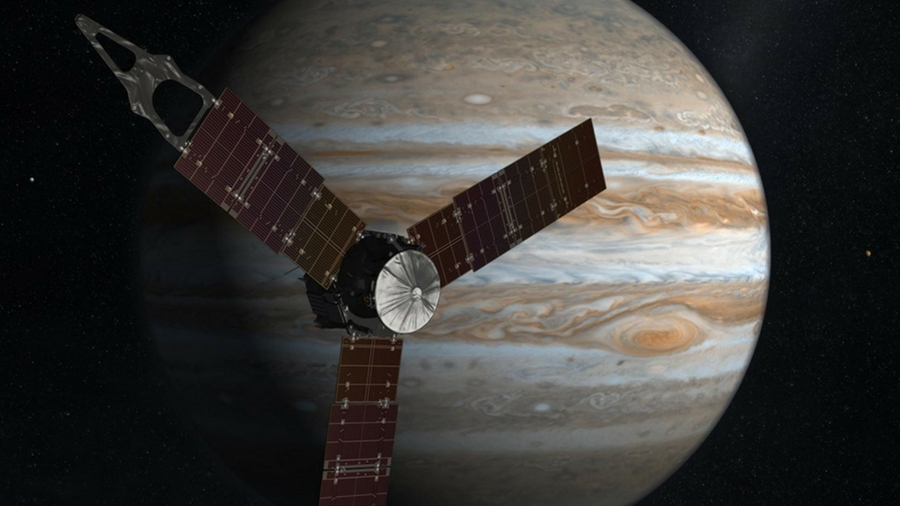
1. Juno at Jupiter
There have been probes at Jupiter before, but there’s something special about NASA's Juno spacecraft. Currently orbiting the giant planet, Juno is humankind’s most distant solar-powered space probe, which is some feat given that sunlight reaching Jupiter is five times dimmer than that on Earth.
It's there to learn about Jupiter's atmosphere, its magnetosphere and – for the first time ever – the planet's interior below the clouds. Juno’s massive solar arrays are helped by its polar orbit, which avoids Jupiter’s massive shadow.
Jupiter is the limit for solar-powered missions, and Juno will be followed by the European Space Agency's (ESA) similarly solar JUpiter ICy moons Explorer (JUICE) in 2022.
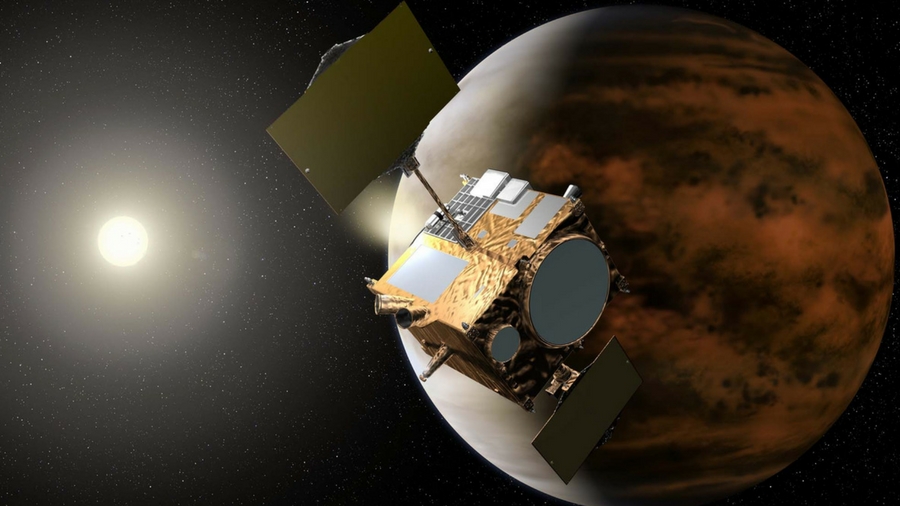
2. Akatsuki at Venus
NASA is awesome, but so is JAXA. The Japanese Space Agency's Venus Climate Orbiter, called Akatsuki (translated as 'dawn'), began orbiting Venus in December 2015. That was a belated success; five years previously it had messed-up a highly complex orbital manoeuvre and missed Venus, forcing it to orbit the Sun for five years before trying again.
Now safely at Venus and studying its intense atmosphere, Akatsuki recently detected evidence of a fast atmospheric flow near the planet's equator, deep in the cloud layer; the Venusian equatorial jet stream. Venus’ entire atmosphere is rotating much faster than the surface below, which scientists call super-rotation.
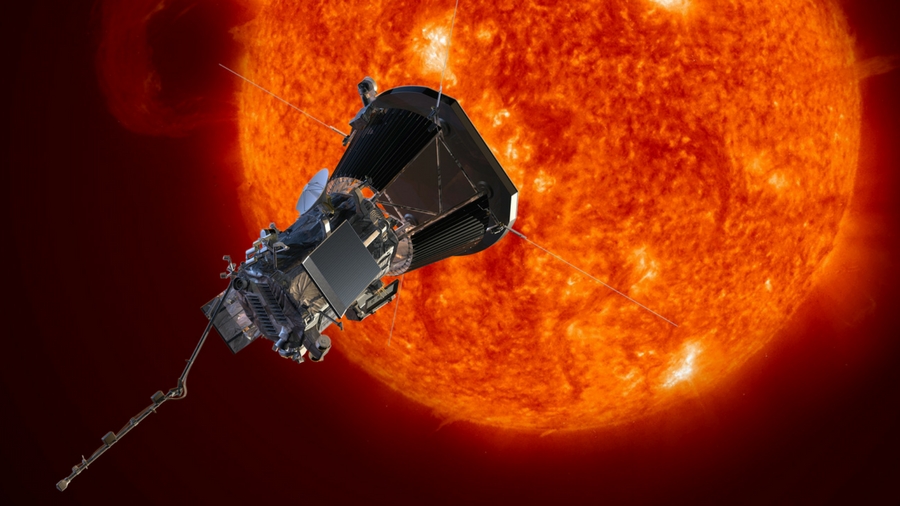
3. Parker Solar Probe
You’d think NASA would have visited the Sun before, what with it being the nearest star and all, but it's not happened yet. Cue the Parker Solar Probe, which will travel through the Sun’s outer atmosphere, well within the orbit of Mercury, and get closer to its surface than any spacecraft before it.
Due to launch in the summer of 2018, Parker will provide new data on solar activity and help scientists understand why the Sun’s outer atmosphere – its corona (visible on Earth only during a total solar eclipse) is hotter than its inner chromosphere. It will also help us predict space weather and solar storms, which cause beautiful aurora, but are increasingly threatening satellites and technology infrastructure on Earth.
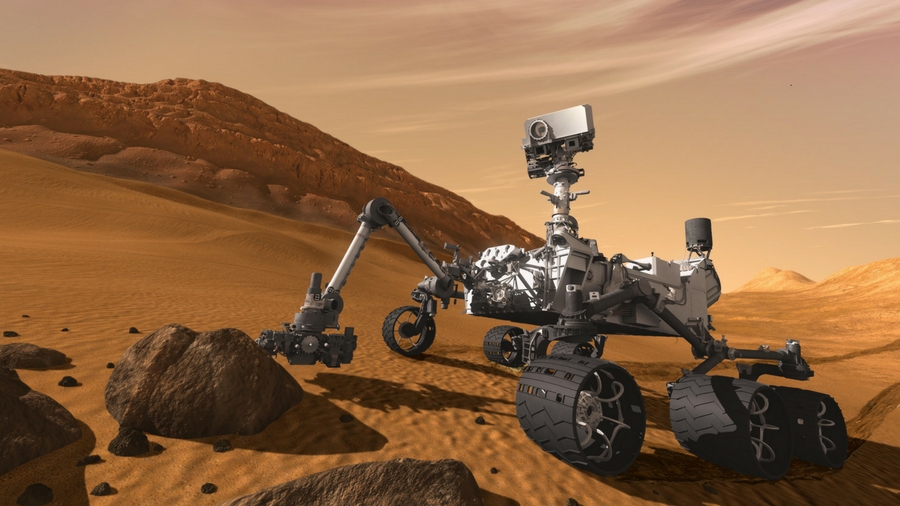
4. Curiosity & Opportunity on Mars
Curiosity you know about – that cute Mars rover that parachuted onto the red planet in 2012, and even takes selfies. Lesser known is Opportunity. It landed on Mars in 2004, just after its twin rover, Spirit, touched-down half a world away on the other side of the planet.
While Spirit got stuck in 2009 and died a year later, the solar-powered Opportunity is still strutting its stuff. It's explored a couple of huge craters – Victoria and Endeavour – and uncovered drastically different geology wherever it’s gone. It originally had a 90-day mission, but it's now been working for 13 years. It may have covered just 28 miles in all that time, but Opportunity’s journey is one of NASA’s greatest and most unexpected adventures.

5. Kepler and K2 Space Telescope
The work of the Hubble Space Telescope is impossible to ignore, but with the James Webb Telescope due to launch in 2018, Hubble's mission is about to change. While Webb will take over its deep space imaging duties, Hubble will be increasingly used to find exoplanets – planets outside our solar system that orbit a star. Exoplanets is the hottest area of research in astronomy by far right now, and the chief mission looking for alien worlds is the Kepler Space Telescope.
After finding 2,330 confirmed exoplanets in a tiny area of the Milky Way, Kepler’s gyroscopes were damaged, and now its gaze can no longer be so precisely guided. However, it continues to find exoplanets in unexpected regions of space. Hubble may have wowed us with it spectacular images, but it's the Kepler Space Telescope that has created the new obsessions with finding Earth 2.0.
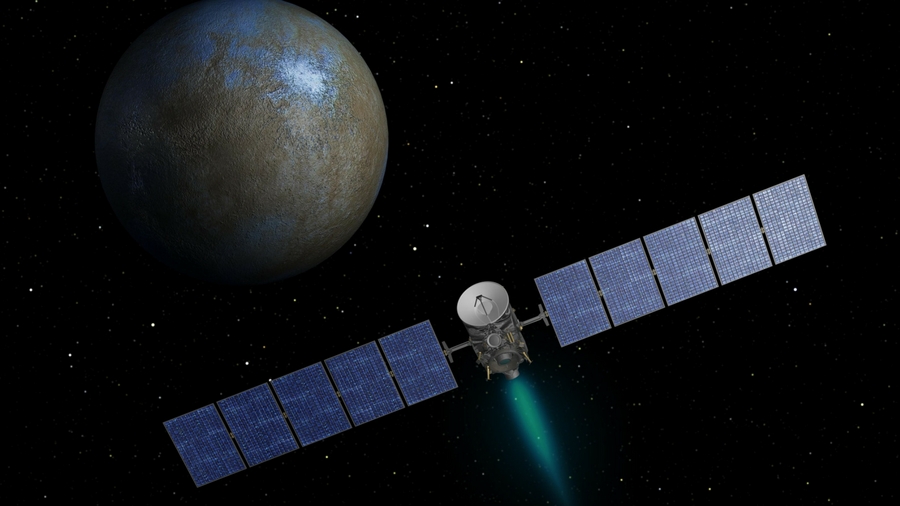
6. Dawn at Ceres
Mini worlds are all the rage. With Pluto relegated from planet status then revealed to have ice volcanoes, dwarfs have become de rigueur. NASA’s ion propulsion probe Dawn was sent to orbit the two biggest bodies in the solar system’s asteroid belt between Mars and Jupiter: first the giant asteroid Vesta for 14 months from 2011, then dwarf planet Ceres in 2015.
The only spacecraft to orbit two extraterrestrial solar system targets, Dawn's biggest discovery so far has been Ceres’ shockingly bright white Occator Crater, which indicates that the dwarf planet was recently geologically active, just like Pluto.
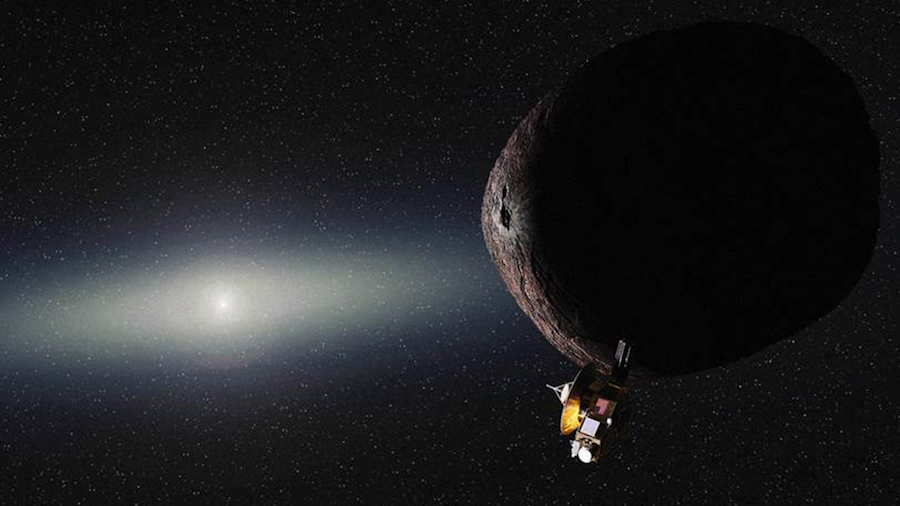
7. New Horizons at MU69
The nuclear-powered New Horizons probe is the fastest craft ever sent into space, and it's currently three billion miles from Earth. Having exposed Pluto as a geologically active world with ice volcanoes, glaciers and blue skies on a fly-by in July 2015, New Horizons used the dwarf planet’s gravity to give it an additional speed boost, and is now on its way to an object called 2014 MU69, which it will pass on 1 January, 2019. That's much further into the Kuiper Belt, the disc-shaped distant outer solar system populated by icy objects and trillions of comets, and 2014 MU69 should represent a sample of what the outer solar system was like following its birth 4.6 billion years ago.
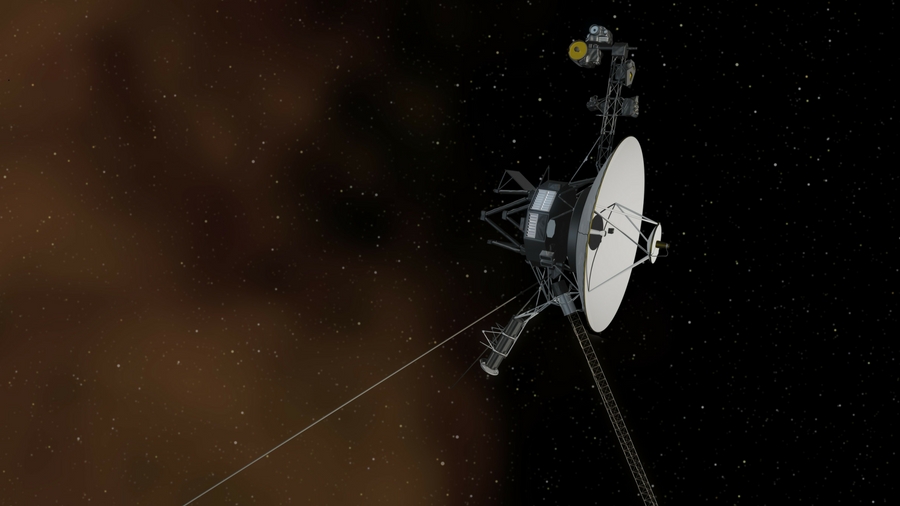
8. Voyagers 1 and 2
New Horizons may be heading somewhere new at terrific speeds, but humanity does have a coupe of other space probes that are already much further out. Launched in 1977, Voyager 1 and Voyager 2 conducted an unforgettable Grand Tour of the planets. Voyager 1 photographed Jupiter and Saturn, while Voyager 2 visited Jupiter, Saturn, Uranus and Neptune – the latter in 1989 – to take humanity’s only photos of those two outer planets. They did it by taking advantage of a rare geometric arrangement of the outer planets, but their journey continues.
They’re currently helping astronomers define the line between our solar system and interstellar space, traveling at 35,000mph and covering a further 900,000 miles each day. Both Voyagers still send back data on magnetic fields, charged energetic particles and radio waves in their surroundings, while Voyager 2 adds a plasma sensor, which measures the (massively decreasing) solar wind. NASA doesn’t expect these instruments to work beyond 2025.

9. Gaia's billion-star survey
Don’t let those planetarium apps fool you; the night sky is yet to be mapped properly. It’s largely a problem with measuring how stars move. Such data helps astronomers calculate stars’ distance from each other, so they can figure where stars are going, and where they came from. Cue the European Space Agency’s (ESA) Gaia satellite, which is studying exact stellar positions and motions over its five-year mission.
It’s already published its first billion-star map, which contains data on the positions and movements of over two million stars. Early calculations indicate that certain stars’ movement could disturb the cloud of comets in the solar system’s outer Oort Cloud, and send them hurting towards the inner solar system.

10. International Space Station (ISS)
Thanks to this orbiting laboratory, human spaceflight has become an everyday occurrence, with six astronauts from all over the world (though mostly from the US, Russia, Japan and Europe) constantly occupying low Earth orbit. The ISS has been up there since 1998, since when it's grown into a naked-eye object thanks to its enormous solar panels.
Here’s how to track its orbit, see it fly over your house (and get alerts from NASA, take photographs of it, and, just in case you're astronaut material, how to take photographs of Earth from it.

Jamie is a freelance tech, travel and space journalist based in the UK. He’s been writing regularly for Techradar since it was launched in 2008 and also writes regularly for Forbes, The Telegraph, the South China Morning Post, Sky & Telescope and the Sky At Night magazine as well as other Future titles T3, Digital Camera World, All About Space and Space.com. He also edits two of his own websites, TravGear.com and WhenIsTheNextEclipse.com that reflect his obsession with travel gear and solar eclipse travel. He is the author of A Stargazing Program For Beginners (Springer, 2015),